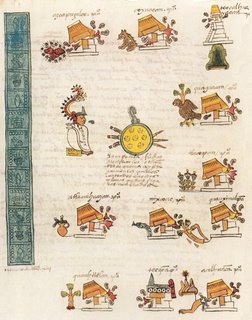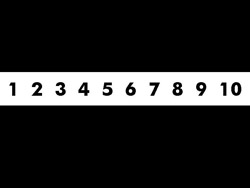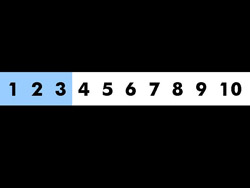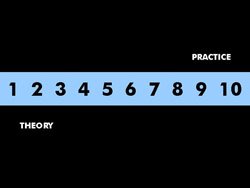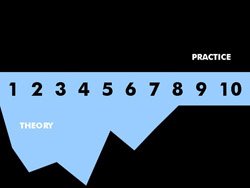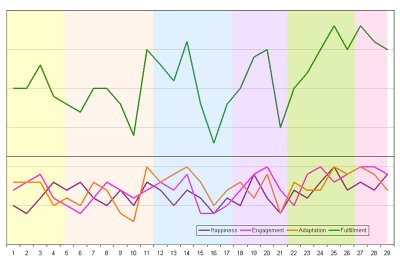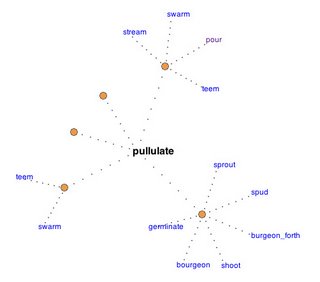An Open Apology to the Late Kurt Vonnegut
Listen: You died yesterday after falling weeks ago. You were one of the most important writers of the 20th century. I miss you already. And I'm sorry.
I interviewed you almost 12 years ago, when I was in college, and got to follow you around for a day while you met with people on campus. You were 73 then. I was 19. The university's student activities committee paid you $10,000 to come speak; it was practically their whole budget for the year. I wrote a long profile to advance the event, assuming as so many college journalists do that whatever they have just discovered is news and that they have to bring everyone else up to speed on it. I don't recommend rereading the whole thing, but here's a good excerpt:
What he learned, of course, is that public support doesn't have much to do with American foreign policy. It's a nice thing to have, but our leaders can get along without it. And it really would be ridiculous for any writer to expect that a well-crafted novel could actually change their priorities.I meant it then, and still do. You are still one of my favorite writers. More importantly, you influenced which writers would become my other favorites - Thomas Hardy, Donald Barthelme, Laurence Sterne, Saul Bellow. I can trace my appreciation for many of them back to my reading and re-reading of your books.
So Vonnegut has a different goal: to catch young people before they become corporate leaders and politicians and, as he puts it, to "poison their minds with humanity."
Take this opportunity to be poisoned. There are few authors, dead or alive, whose work so skillfully marries criticism and compassion, who have so comfortably combined intelligent ideas and a lucid style, and even fewer who have written as seriously and as humorously at the same time.
When you came to campus you let me follow you around for the day. You met with a graduate-level creative writing class which was absolutely in awe of you, and you gave them truly devastating career advice, which was basically that the market for new fiction was total shit and that they should really consider another field. It was hard for them to hear.
Then I got to interview you, which was a disaster. I had a new tape recorder and a tiny directional mic and I was too timid to ask you to wear it, so I put it on the table between us in your hotel room and it picked up maybe 10% of our interview, which the paper had heavily hyped on my behalf. I was also incredibly nervous, and you responded to all my overwrought questions with canned responses I had read years ago in his book of essays Palm Sunday, down to the word. You were quoting yourself.
After you left I promised I'd send you the pieces I wrote about you. I sent you the profile I had written before the event and you sent me a letter typed on a typewriter, which I still have, in an envelope on which you had typed my name and address.
Here's what I never told you. It probably isn't a big deal to you, but it has bothered me.
I published what I could salvage of the interview. I also wrote a follow-up feature based on my day with you, which it was very hard to write and to publish. I liked you a lot and am one of the many tremendously grateful fans of your work, and I hated saying what I believed was true about you. What I believed was this: That as a cultural figure your work was already finished, your voice had lost much of its relevance, and that young writers should not let you dampen their spirits. I counted myself among them, as I was writing fiction at the time and had spoken of "growing up" to be a novelist since I could remember, although I didn't tell you that. Wherever you are now, I'm sure you have Internet access. You can read the interview and the profile online if you want.
I considered you a friend even though we only had that one encounter. You were kind to me and very thoughtful to send the letter.
When I heard years later that you had been injured in a fire in your apartment and were in the hospital, I felt a wave of relief that you were still alive, and thought about sending you a letter. But I assumed you would not remember me, and I didn't send one.
I now realize that it was cowardly for me not to send you the commentary I wrote after your visit, as I said I would. At the time it felt self-important to assume you would want to hear a 19-year-old's criticism, but I have since learned that humility is often a mask for other, more selfish concerns. (I think that's in one of your books, too.) You had the right to see it and to react to it if you wished to do so.
So I'm sorry, Kurt Vonnegut, that I never sent you the piece, which I still think is true, although you did say some interesting and very brave things about terrorism in an interview a few years ago. I'm also sorry I didn't at least send you a card when you cheated death in 2000. I'm sure a lot of other people did. But I should have.
More than anything, though, your death for me raises the spectre of a much more intimate relationship that ended very badly several years ago, with a truly disturbed mentor and friend's attempt on my life. He may already be dead, although I can find no word of it online. He is half a world away and I am not sure if I will ever have the chance to make amends.
You would have liked him, and my stories about him. He'd be 75 now - about the same age you were when I interviewed you. He is depressed, as you were, and angry, and confused. He is the person who taught me that we do not necessarily grow wiser as we grow older, and that this is not always our fault. I'll tell you his story sometime.











